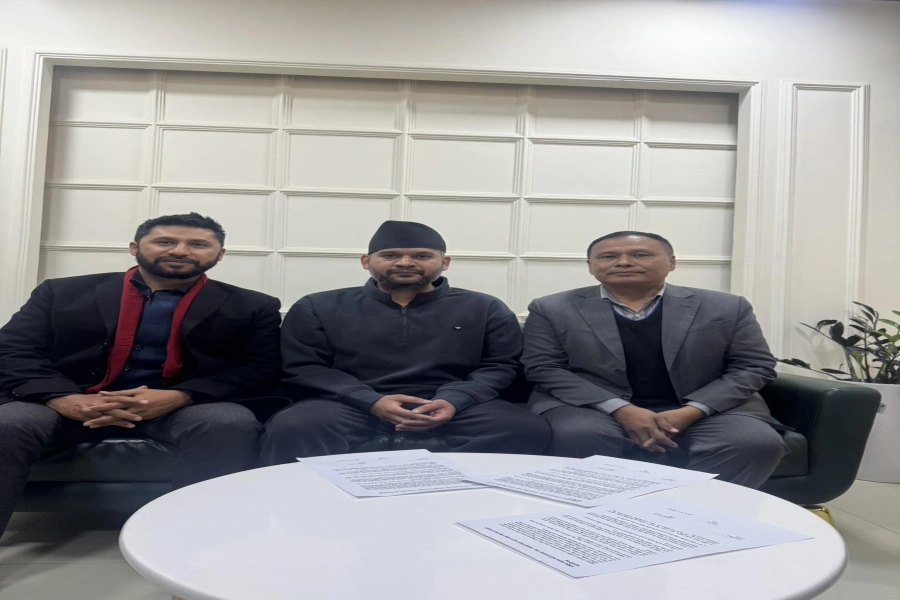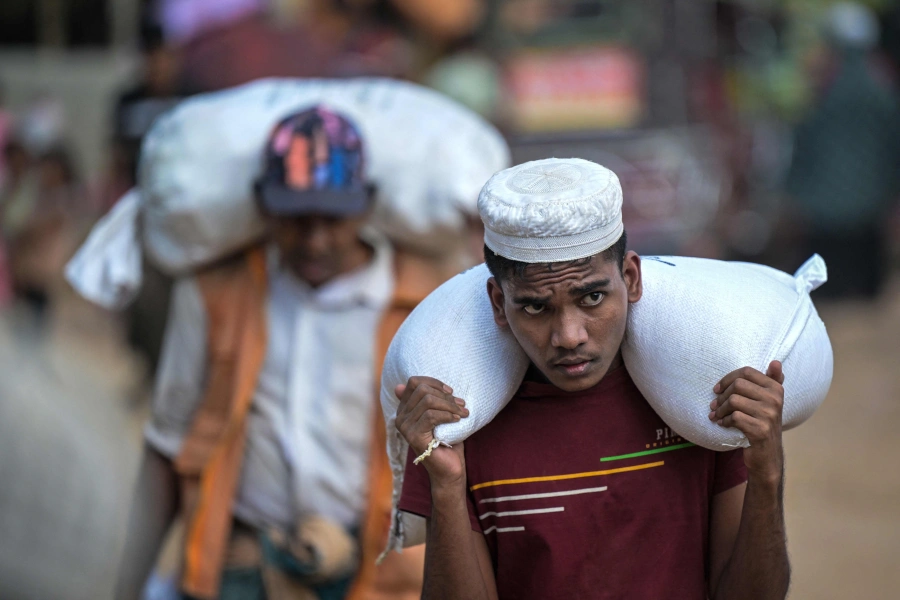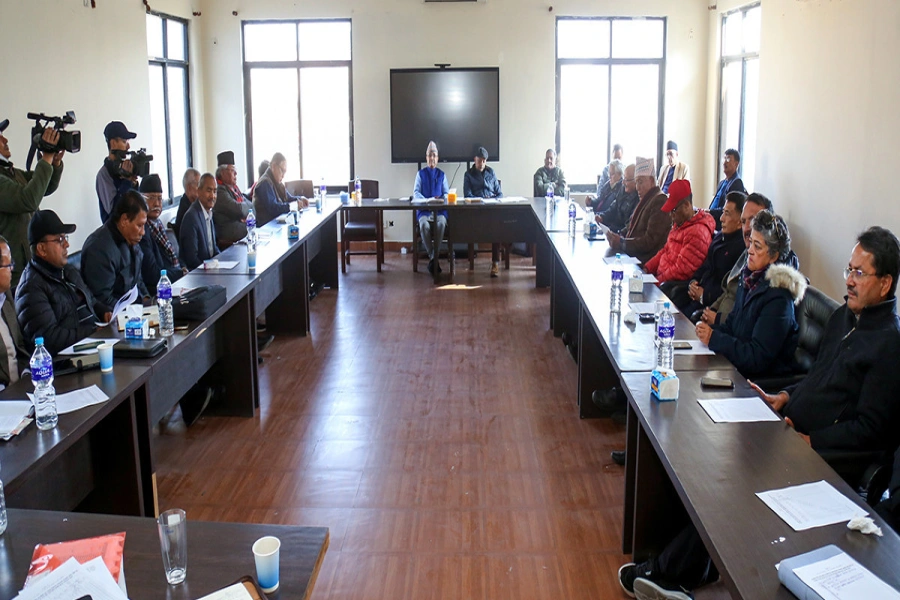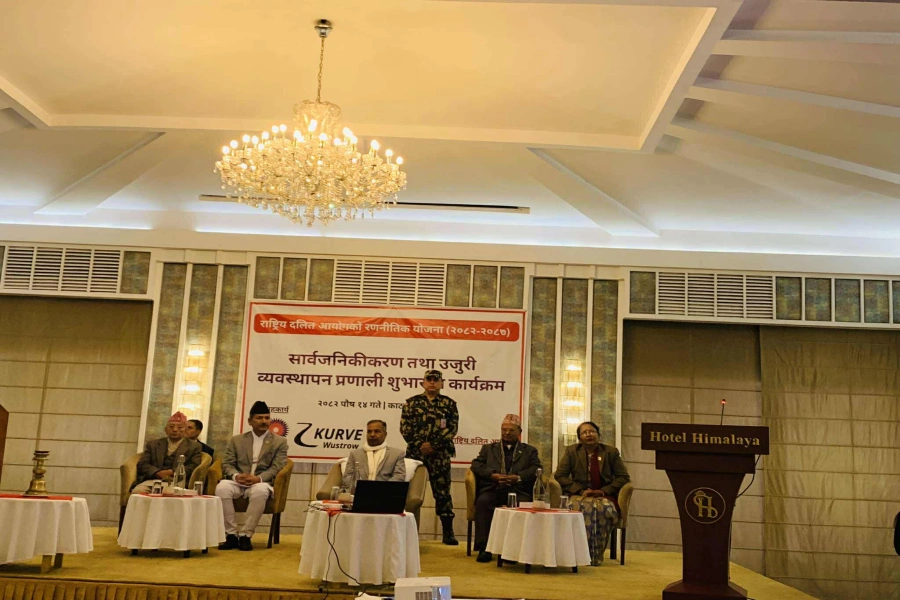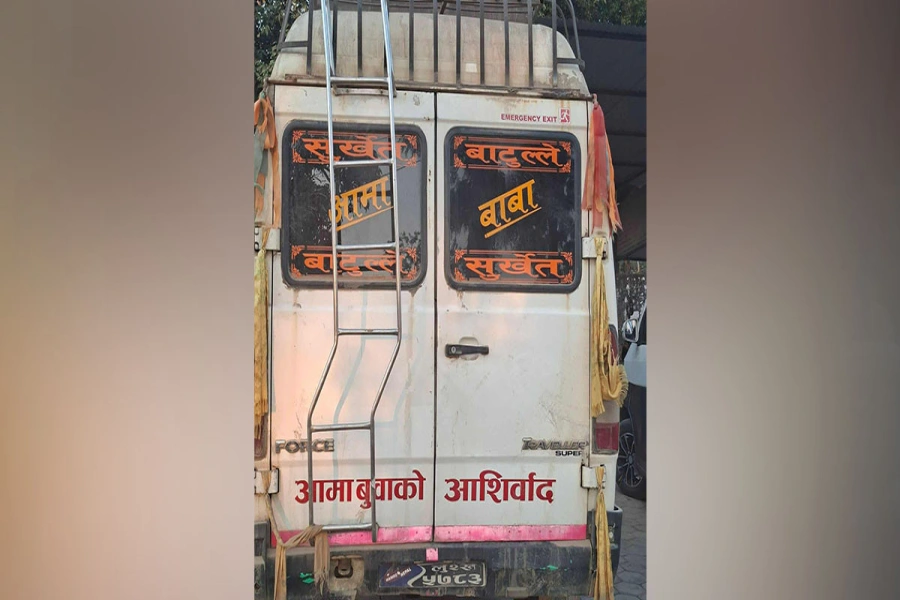KATHMANDU, Aug 3: The Supreme Court (SC) of Nepal has directed the authorities concerned to create a 20-meter buffer zone along the banks of all rivers in the Kathmandu Valley in order to mitigate flooding and protect the river ecosystems.
The apex court order comes amid heavy rainfall causing the various rivers in the capital, including Bagmati, Bishnumati, Rudramati and Godavari rivers, to overflow the banks and submerge the nearby settlements.
The SC’s 89-page verdict, issued by justices Anand Mohan Bhattarai and Binod Sharma, mandates a 20-meter no-construction zone on either side of the riverbanks of major rivers such as Bagmati, Bishnumati, Hanumante, and Manohara. The High Powered Committee for Integrated Development of the Bagmati Civilization, responsible for river conservation efforts, is tasked with enforcing this new standard. This ruling extends the buffer to 40 meters in total, with 20 meters on each side of the river. This expansion aims to reduce flooding risks and enhance river conservation. Existing structures within this buffer zone must be vacated, with compensation provided to the affected residents. In cases where structures have not been built upon, such areas have been designated as no-construction zones.
Earlier, there was a standard to build structures only by leaving four meters on the river banks. Later, the standard was revised to 10 meters. But these standards have been proven ineffective to prevent flooding.
During the monsoon, river flow increases in the Kathmandu Valley, flooding many riverbank areas. Implementing this directive will have a profound impact on communities living near the rivers. Structures built close to riverbanks will need to be demolished, requiring substantial financial resources for compensation. The complexity of this task is heightened by the need for coordination among multiple government agencies. There must be comprehensive coordination for the successful execution of this mandate.
The SC has not only asked to implement the 20-meter standard in all major rivers of the valley, but it has also ordered to maintain a 'no construction zone'.
Problems of people in CNP buffer zone will be resolved: PM Daha...

If there is a house built on the river bank, it has to be vacated after paying compensation. The SC has asked to remove government, public and memorial buildings in the areas that fall within the specified area.
The decision underscores the need for enhanced flood management strategies in the Kathmandu Valley. For instance, during heavy rains, settlements like Tikathali, Anamnagar, Balkhu, Kapan among others often experience severe flooding due to inadequate river depth and ineffective drainage systems.
According to Kapil KC, ward chair of Mahalaxmi Municipality-5, water did not enter any houses last year after a dam was built to clean the river, emphasizing the need for prioritizing measures to stabilize the river's flow. However, heavy rains this year led to flooding and property damage, though there were no human casualties. “On the morning of July 30, the floodwaters reached residential areas, prompting the mobilization of police to rescue 7-8 people from the riverside settlements and transport their household items to safer locations,” KC said. He said that the full report on the damage caused has not yet been received.
The local governments are currently studying the full text of the apex court’s verdict. After a thorough study, the matter will be discussed at the Valley Mayors Forum.
Likewise, Kathmandu Metropolitan City’s Mayor Balendra Shah has expressed commitment to fully adhering to the court's directives. Shah had been, since assuming office, active in removing the riverside structures. He took to his social media to emphasize that the work of keeping the riverbanks clear will be made effective. "Permission to construct any buildings, whether government or private, will not be granted within an additional 20 meters of the riverbanks," he wrote.
As the government and local authorities prepare to implement the SC’s ruling, the focus will be on balancing river conservation with the needs and rights of affected communities. The success of this initiative will depend on the collaborative efforts of all stakeholders to ensure sustainable and effective river management in the Kathmandu Valley.
The SC has also instructed the government to establish a powerful body to ensure the effective implementation of these standards. This body would include local leaders and city mayors, ensuring that all relevant stakeholders are involved in the process. The ruling aims to protect the rights of residents by ensuring fair compensation and preventing unauthorized construction in the designated buffer zones.
The SC’s directive to maintain a 20-meter buffer zone along all rivers in the Kathmandu Valley represents a crucial step towards flood management and river conservation. However, its implementation will require significant coordination, financial resources, and the involvement of multiple stakeholders to ensure that the directive is effectively and fairly enforced.
SC’s verdict on river management and pollution control
The Supreme Court’s verdict on management of riverbank areas of Kathmandu Valley mandates following actions:
Sewage treatment: Construction of a treatment plant to ensure only treated water is discharged into rivers. Prohibition of untreated sewage and require safety tanks to minimize pollution.
Encroachment and settlement: Removal of encroachments along riverbanks while protecting residents' rights. Formation of empowered committees to coordinate with local authorities for effective implementation.
Relocation of squatters: Relocation of genuine squatters to apartments in Ichangu, with alternative options for those who refuse relocation.
Land acquisition for river flow: Acquisition of land from land grabbers necessary for the smooth flow of rivers, compensating them according to legal standards.
Removal of buildings: Removal of government, public, and memorial buildings located within the designated buffer zones along rivers.



